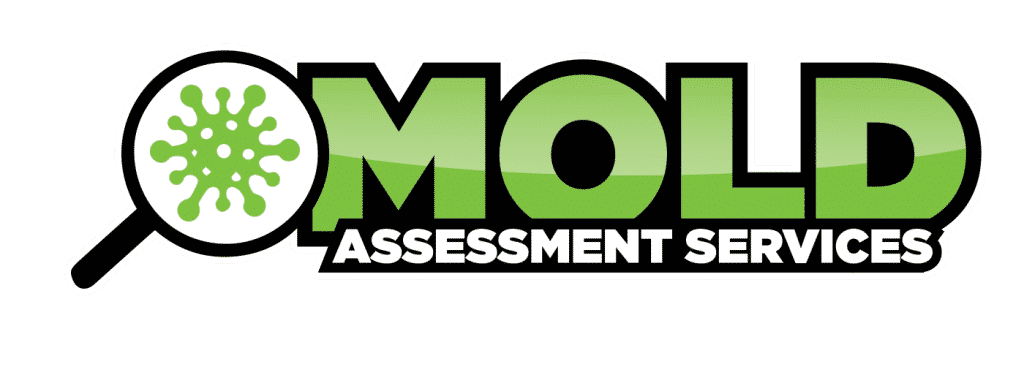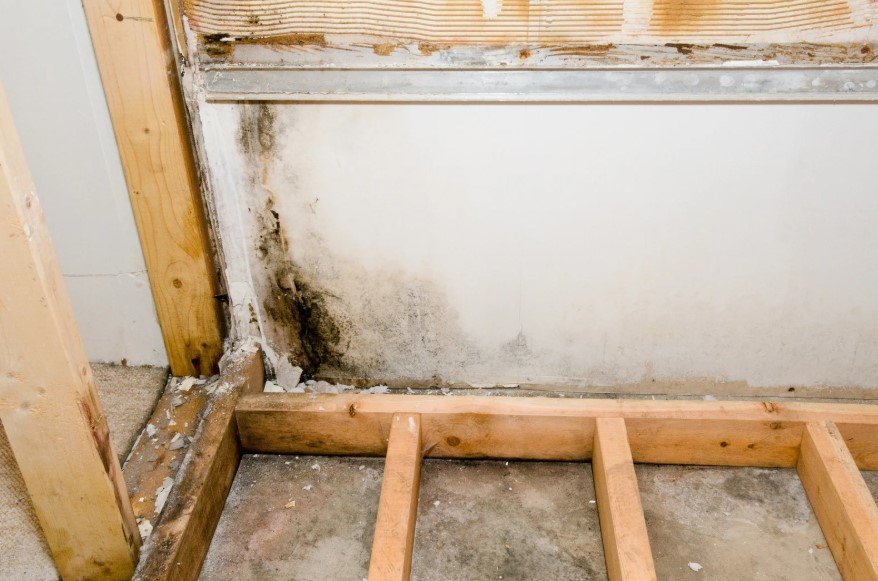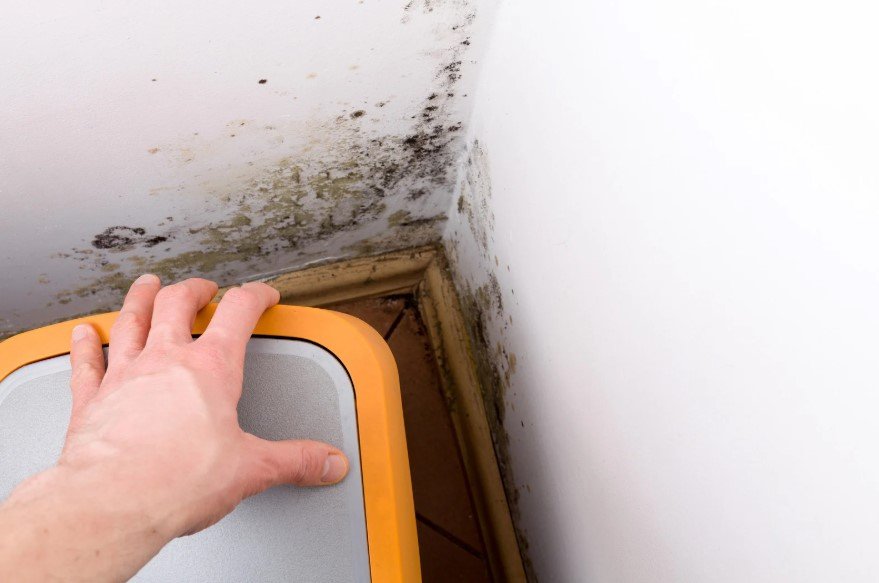Florida is a dream destination for many with its picturesque beaches and sunny skies. However, beneath this paradise lies a silent threat causing concern among its residents – mold. The humid and stormy climate, especially in coastal areas, creates a conducive environment for mold growth, posing significant health risks to the community. The mold growth in Florida coastal areas is on the rise as more building and home projects are completed.
Florida is a dream destination for many with its picturesque beaches and sunny skies. However, beneath this paradise lies a silent threat causing concern among its residents – mold. The humid and stormy climate, especially in coastal areas, creates a conducive environment for mold growth, posing significant health risks to the community. The mold growth in Florida coastal areas is on the rise as more building and home projects are completed.
Florida’s Mold Growth Menace
Recent studies by the Centers for Disease Control and Prevention (CDC) have highlighted the rapid spread of a drug-resistant fungus in healthcare facilities across Florida. This fungus, Candida Auris, is a form of yeast that can be lethal, especially for those with compromised immune systems. The CDC has labeled this fungus as an “urgent threat,” emphasizing the importance of vigilance in medical facilities.
Moreover, residents of communities like the Paradise Gardens townhouse in Miami-Dade County have faced challenges due to alleged construction defects leading to flooding and substantial water damage. Such environments become breeding grounds for mold, causing health issues ranging from burning eyes to respiratory problems.
In Palm Beach County, the situation is the same. The humid summer has seen a surge in mold complaints. Residents like Danielle Logan and Nadia McKay have voiced their concerns about mold in their homes, attributing various health issues to mold exposure.
The Concern for Florida Coastal Areas
Coastal areas face a heightened risk with their proximity to the ocean. The humid conditions in regions like Old Cutler and Key Biscayne make properties more susceptible to mold growth. Property managers and homeowners in these areas must be vigilant about their residents’ health and properties’ conditions. Regular mold assessments, proper construction standards, and immediate remediation actions are crucial.

From above, the Cape Florida Light stands majestically in Key Biscayne, Florida. Yet, the challenges of unpredictable weather, flooding, and persistent humidity heighten the risk of mold growth throughout Florida.
Key Biscayne, a popular tourist destination, is not immune to mold problems either. The high humidity levels, combined with the constant flow of visitors, can lead to moisture buildup and mold growth. Property managers in Key Biscayne should prioritize mold assessments to maintain the quality of their rental units.
Old Cutler, known for its lush greenery and beautiful homes, can also be a breeding ground for mold. The dense vegetation and proximity to water bodies create the perfect conditions for mold growth. Property managers in this area should be especially vigilant in conducting regular mold assessments.
Coral Gables, known for its historic charm and Mediterranean-style architecture, is not exempt from mold issues. The older buildings in this area may have hidden water damage, making them more susceptible to mold growth. Property managers in Coral Gables should partner with mold assessment companies to detect and address mold problems.

Behold the Miami skyline, framed by the renowned Brickell on the Bay. Mold Assessment Services offers comprehensive mold inspections across Florida’s picturesque coastal regions and beyond. MAS is helping residents in Brickell , Old Cutler , Coral Gables , Key Biscayne , and beyond.
Brickell, Miami’s financial district, is another area where mold can pose a significant challenge for property managers. With its tall buildings and dense population, proper ventilation and maintenance are crucial to prevent mold growth. Regular mold assessments are essential to ensure the well-being of tenants in this area.
Awareness and Action: Ensuring Safety in Coastal Areas
Florida’s coastal areas and regions, with their unique blend of beauty and vulnerability, require special attention regarding mold prevention. Property managers play a pivotal role in this:
Regular Inspections: Routine property inspections can help identify potential problem areas before they escalate. This includes checking for water leakages, damp spots, and any visible mold growth.
Educate Residents: Organizing informational sessions or distributing pamphlets about the dangers of mold, its identification, and preventive measures can empower residents to take early action.
Quick Response: A rapid response team or a trusted mold remediation service on call ensures that any reported mold issue is addressed promptly, minimizing health risks and property damage.
Construction Standards: Building a Mold-Resistant Future
The foundation of a mold-free home lies in its construction. Ensuring that properties are built to withstand the humid Floridian climate is crucial:
Waterproofing: Proper waterproofing of balconies, terrace decks, roofs, and basements can prevent water intrusion, a primary cause of mold growth.
Quality Materials: Using mold-resistant drywall, paints, and other construction materials can significantly reduce the chances of mold development.
Ventilation: Ensuring proper ventilation, especially in bathrooms and kitchens, can prevent moisture accumulation.
Awareness: Homeowners should be aware of their rights. They should approach their builders or legal authorities if they suspect construction defects. Keeping photographic evidence and maintaining communication records can be beneficial.
Health Implications: The Silent Impact of Mold Growth in Florida Coastal Areas
Mold isn’t just a structural concern; it’s a health hazard, especially for vulnerable groups:
Recognizing Symptoms: Mold growth exposure can lead to coughing, sneezing, skin rashes, and eye irritation. In severe cases, it can exacerbate asthma and lead to respiratory infections.
Vulnerable Groups: Children, the elderly, and individuals with compromised immune systems are more susceptible to mold-related health issues. Special care should be taken in the homes of these individuals.
Seeking Medical Advice: If someone suspects their health issues are related to mold exposure, seeking medical advice is crucial. Some symptoms, like sinus infections, are majorly caused by mold growth.
Mental Health: The stress of living in a mold-infested environment can also impact mental well-being. It’s essential to recognize this and seek support when needed.
Addressing these areas can create safer, healthier living environments in Florida coastal areas. It’s a collective effort requiring the cooperation of property managers, homeowners, and residents alike.

Adopting construction techniques for mold resistance, such as waterproofing and proper ventilation, can significantly reduce the risk of mold formation. Furthermore, educating residents on mold awareness and ensuring a quick response to mold detection are key components of an effective mold management strategy.
MAS is Ready To Inspect Mold Growth in Properties in the Florida Coastal Areas and Throughout
While often overlooked, mold is a pressing concern in Florida coastal areas. It’s not just about property damage but the community’s well-being. As we become more aware of the dangers, we must take collective action, ensuring that Florida remains the paradise it’s known to be.
Mold Assessment Services provides comprehensive mold solutions for Florida property managers, including Post-Remediation Verification to ensure complete mold removal and prevent its return. They also offer a Microbial Completion and Clearance Certificate, confirming the property’s freedom from microbial contaminants, giving property managers a valuable tool to reassure potential tenants. To ensure a safe living environment, schedule a mold inspection by calling 305-244-7379 or completing the form on our website for prompt assistance.


